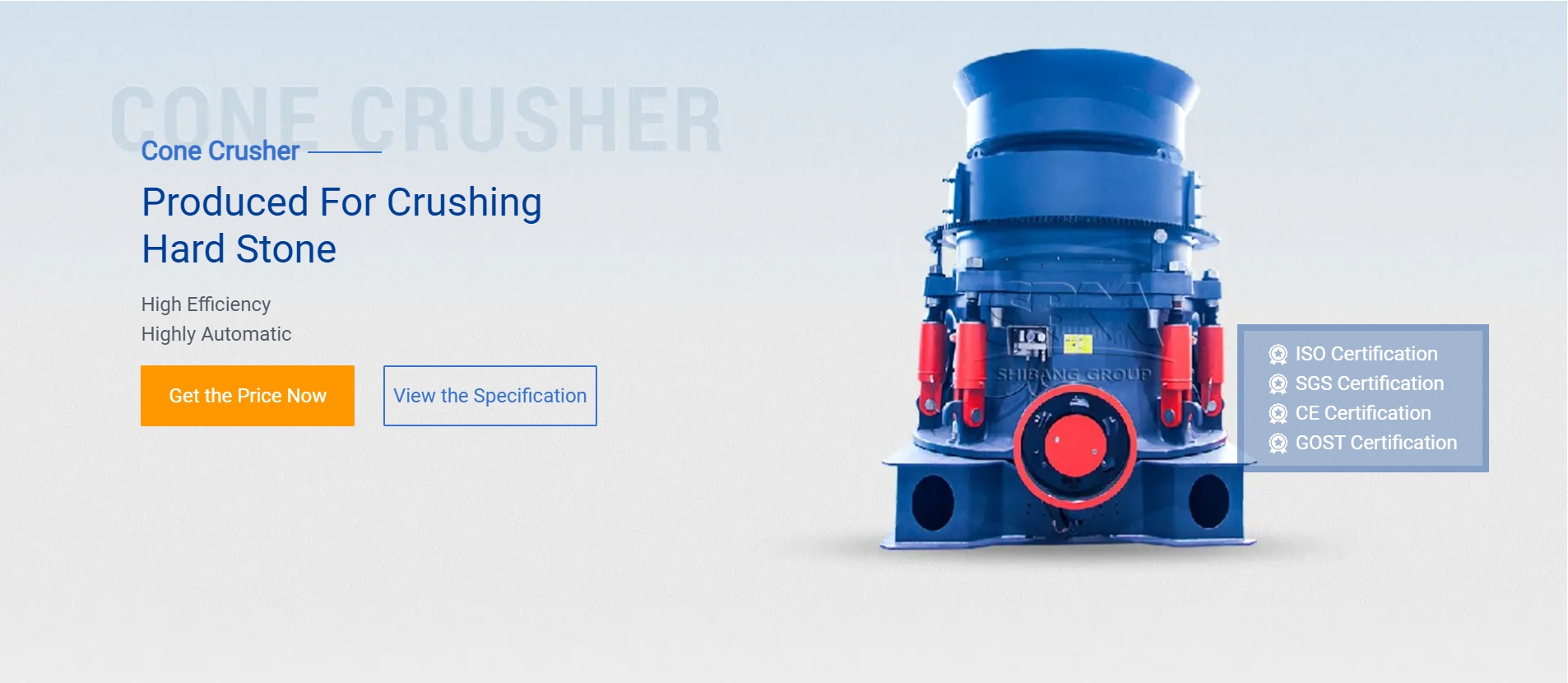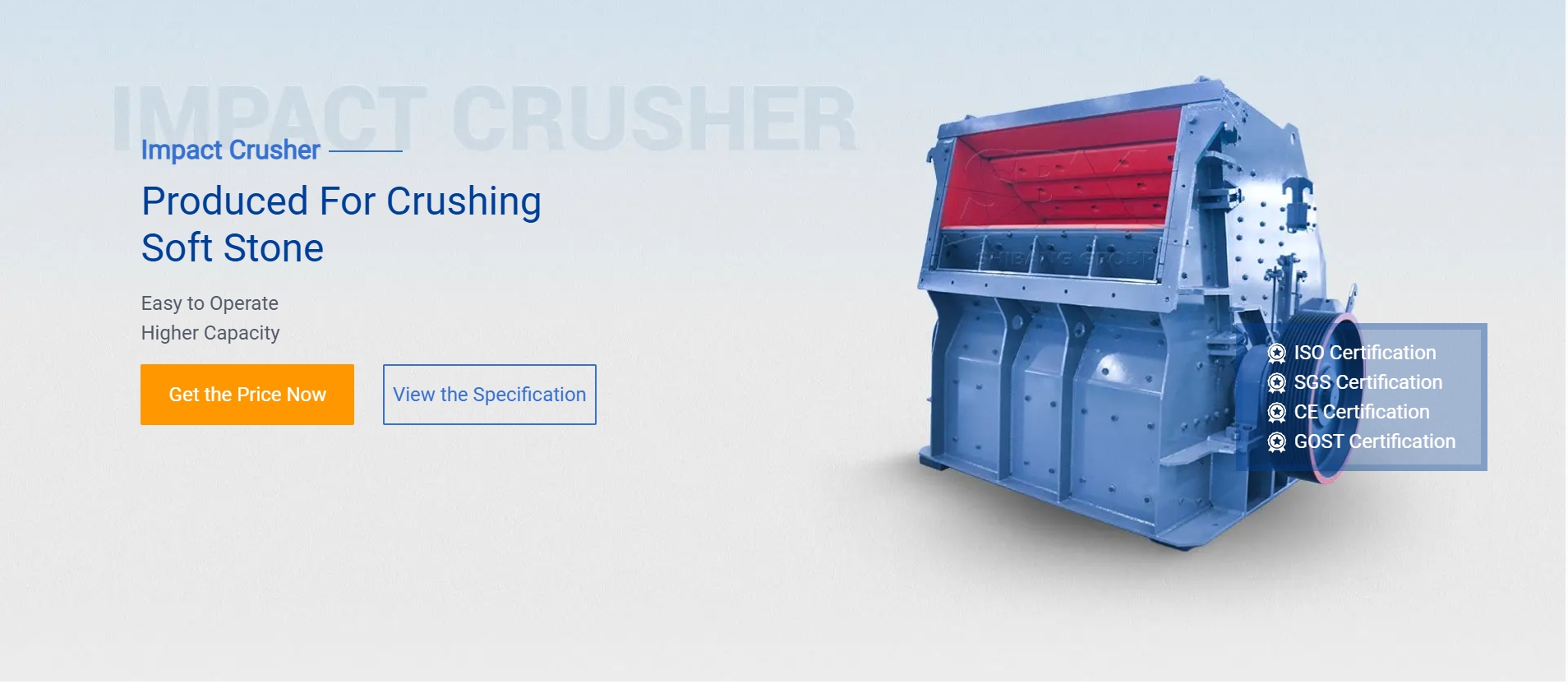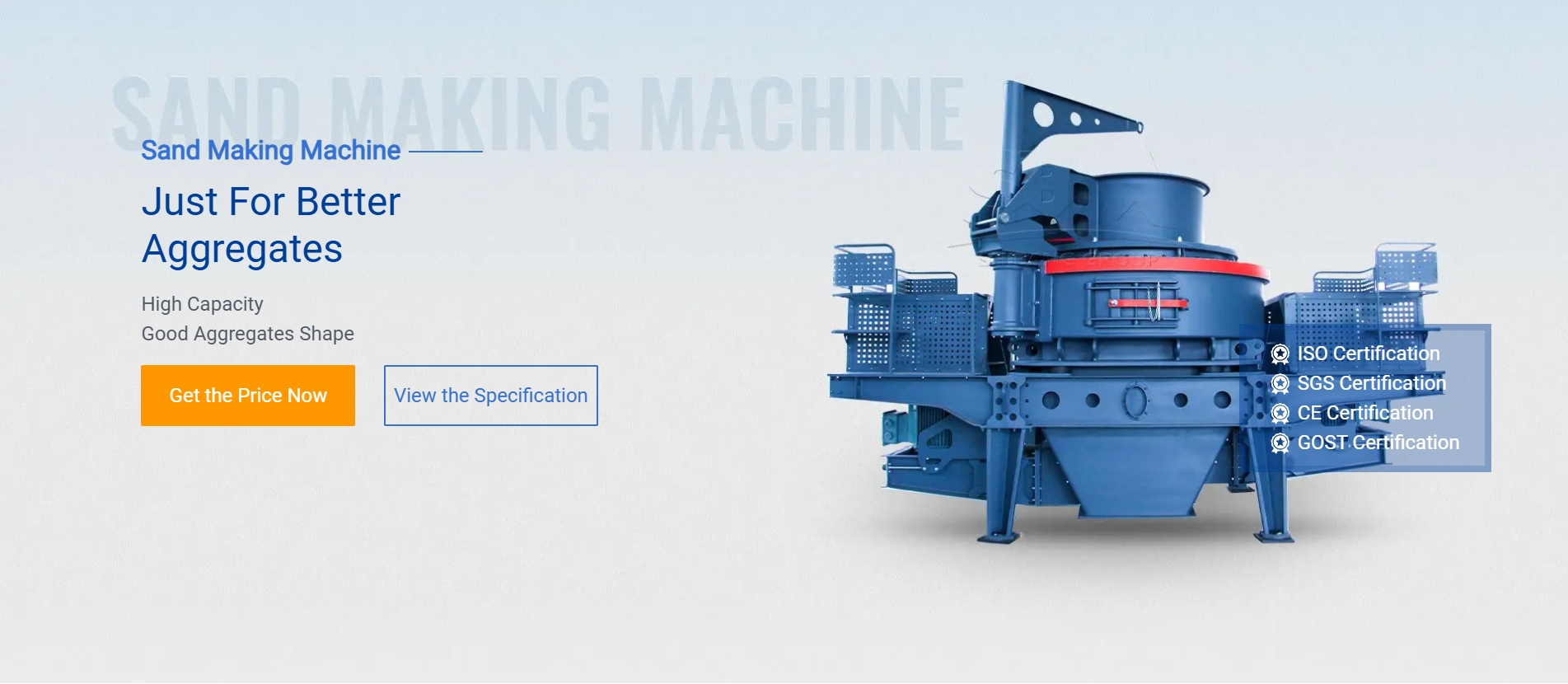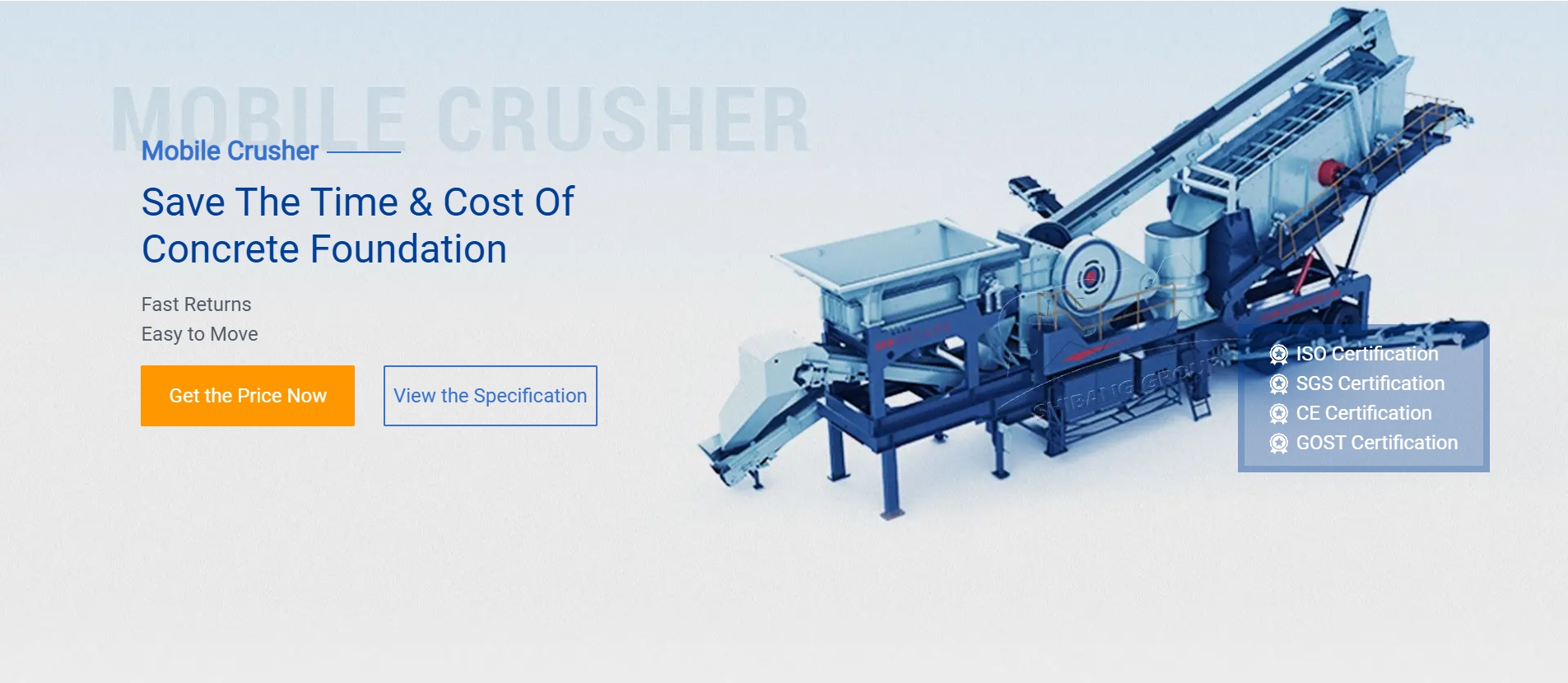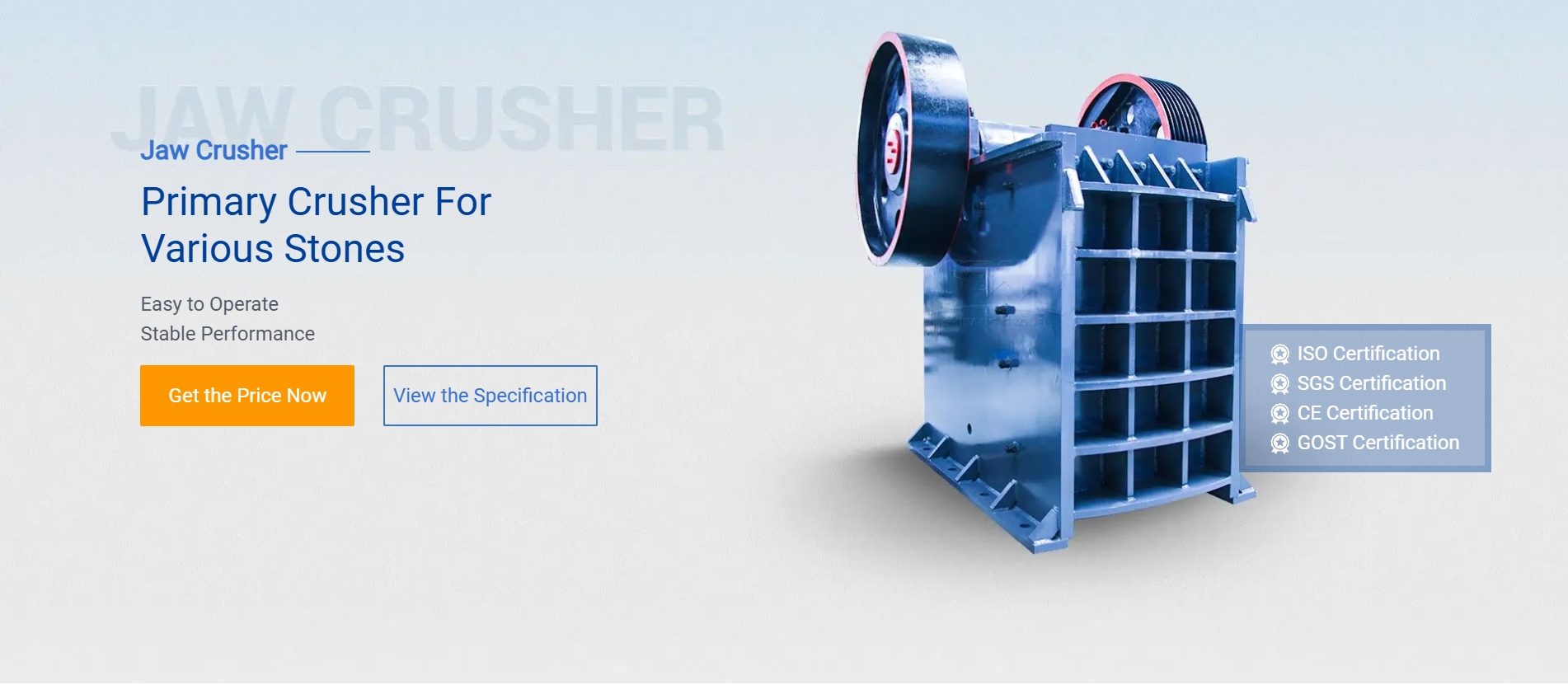Single Super Phosphate (SSP) Fertilizer: Overview, Benefits, and Uses
.jpg) What is Single Super Phosphate (SSP)?
What is Single Super Phosphate (SSP)?
Single Super Phosphate (SSP) is a phosphatic fertilizer containing 16-22% water-soluble phosphate (P₂O₅), along with 11-12% sulfur (S) and 19-22% calcium (CaO). It is produced by reacting rock phosphate with sulfuric acid, making it one of the oldest and most widely used phosphate fertilizers.
Chemical Composition of SSP
– Phosphorus (P₂O₅): 16-22%
– Sulfur (S): 11-12%
– Calcium (CaO): 19-22%
– Minor amounts of micronutrients like zinc and iron.
Production Process
1. Rock phosphate is ground into a fine powder.
2. It is mixed with sulfuric acid, forming phosphoric acid and gypsum.
3. The slurry is cured for weeks to comple.jpg) the reaction.
the reaction.
4. The final product is dried, granulated, and packed.
Benefits of SSP Fertilizer
✔️ Provides both phosphorus and sulfur, essential for plant growth.
✔️ Improves root development, flowering, and fruiting in crops.
✔️ Suitable for acidic soils, as it does not lower pH further.
✔️ Cost-effective compared to other phosphate fertilizers like DAP or TSP.
Crops That Benefit from SSP
🌱 Cereals (wheat, rice, maize)
🌱 Pulses (soybean, chickpea)
🌱 Oilseeds (mustard, groundnut)
🌱 Vegetables & fruits
Application Method & Dosage
– Applied as a basal dose before sowing or during planting.
– Recommended dose: 50-100 kg per acre, depending on soil test results.
Disadvantages/Limitations
❌ Lower P₂O₅ content compared to DAP or TSP (~46%).
❌ Not suitable for alkaline soils due to phosphorus fixation issues.
Conclusion
SSP is a cost-effective phosphorus fertilizer ideal for crops needing both P and S supplementation. It works best in acidic to neutral soils and supports healthy root and crop development.
Would you
